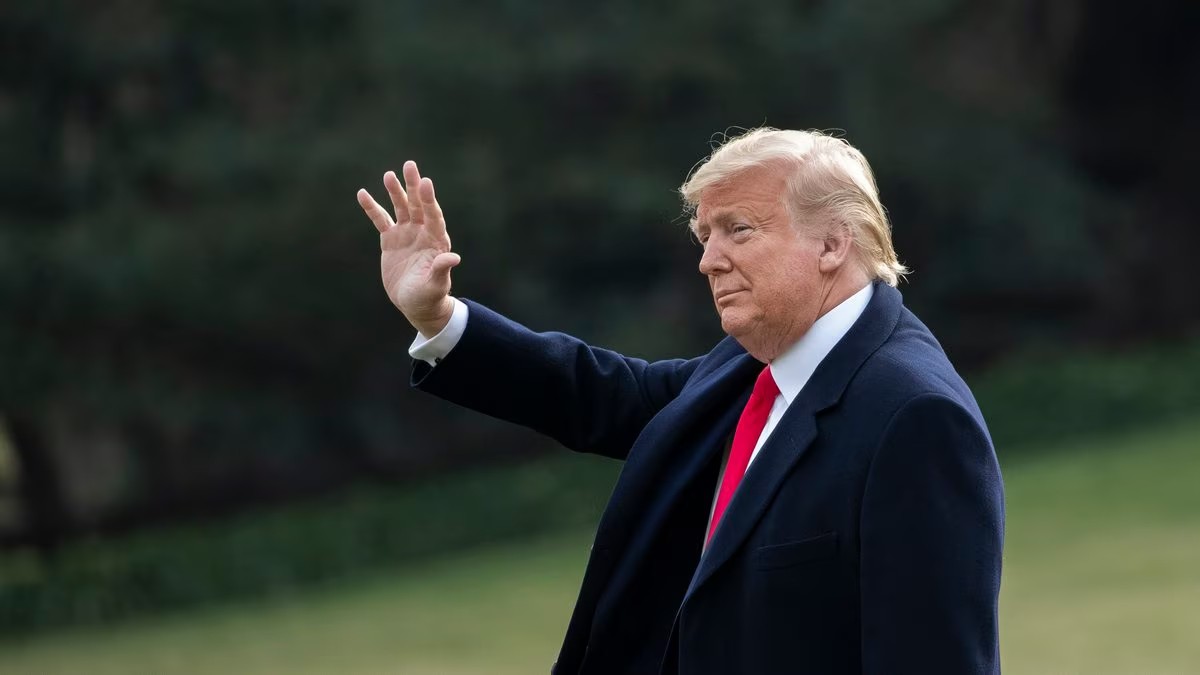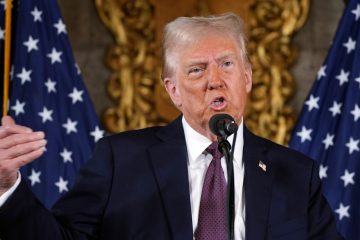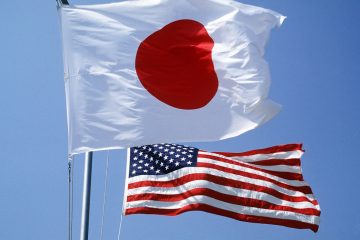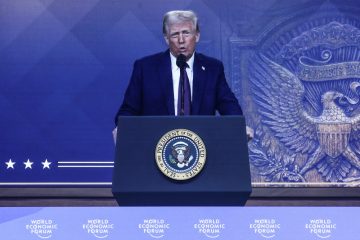Trump’s tariff & economic agenda

Much of Wall Street and corporate America exhaled with relief on Friday when President-elect Donald Trump announced that he would appoint hedge-fund manager Scott Bessent as his Treasury secretary. Trump’s preference for market-friendly policies to spur economic development and control inflation and interest rates was implied by the selection of Bessent, who is hawkish on deficits, a supporter of the dollar’s reserve status, and cautious about tariffs until recently.
Only seventy-two hours were spent in relief. Any skepticism about Trump’s ability to rule as a disruptive populist was allayed late Monday when he said that he will impose 25% tariffs on Canada and Mexico on his first day in office, along with an additional 10% on China until illegal immigration and fentanyl stop entering the US. The takeaway is that Trump is the most crucial member of his economic team.
In a note to clients on Tuesday, Andy Laperriere, a policy analyst at Piper Sandler, stated, “There was a lot of bluster that ended up getting walked back” during his first term. Because the majority of his staff won’t typically try to dissuade him from doing things like this, we anticipate a second term filled with plenty of rhetoric but more action. It’s unclear if Trump is only negotiating or will boost tariffs in reality. Investors appear to believe the latter, as seen by the relatively mild decline in the Mexican peso, Canadian dollar, and shares of sensitive corporations. Even if Trump is obviously in charge of his program, Bessent’s and other establishment leaders’ decisions are nonetheless significant. Bessent’s supporters believe his presence will lead to a more balanced and growth-friendly policy mix than it would otherwise be.
“He approaches trade-offs more thoughtfully,” remarked the leader of a Washington-based trade group. “His dedication to market stability would suggest that he will acknowledge that there is a threshold beyond which we could impose tariffs that would be unfeasible for the market and the economy.” Trump’s choice of cabinet members indicates a hesitancy to interfere with the economy. His five finalists for Treasury were all from the establishment: Bessent, Marc Rowan, a private equity tycoon; Kevin Warsh, a former governor of the Federal Reserve; Bill Hagerty, a sitting senator; and Howard Lutnick, the CEO of the financial firm Cantor Fitzgerald. He also nominated unconventional disruptors to oversee defense, health, justice, and national intelligence. The Commerce Department has nominated Lutnick to lead it.
Trump announced on Tuesday that his National Economic Council, which oversees the executive branch’s coordination of economic policy, would be led by Kevin Hassett, a conservative economist and tax-cut supporter who served as chair of the Council of Economic Advisers during his first administration. Jamieson Greer was appointed U.S. trade representative by Trump. During Trump’s first term, Greer, a trade lawyer, was the chief of staff to U.S. Trade Representative Robert Lighthizer. As of right now, the economic team is missing one of Trump’s most devoted and successful tariff proponents, Lighthizer, who had been considered for a key position. Now that Trump has made his choices plain, however, that may not be as important.
Given his extensive background in market and economic analysis, Bessent is regarded as a reliable source. His “3-3-3” program calls for 3% growth, 3 million more barrels of oil per day, and a reduction in the budget deficit from the current 6% of GDP to 3%. At first, Bessent viewed tariffs as a negotiation tactic only. In January, he assured investors in his hedge firm that “the tariff gun will always be loaded and on the table but rarely discharged.” In October, Trump informed Mark Halperin that he was a “free trader.” He frequently escalates situations in order to de-escalate them. “I would like his administration to preserve global trade rather than resemble turn-of-the-century tariffs,” Bessent stated.
However, Bessent was forced to compete with Lutnick, who was initially co-head of Trump’s transition, for the Treasury position. Like Trump, Lutnick had previously referred to tariffs as a “bargaining chip” before embracing his more protectionist defense that they restore industrial employment. Bessent presented a stronger argument for tariffs in an editorial post on Fox News on November 15: “When strategically applied, tariffs can boost Treasury revenue, incentivize companies to resume production, and lessen our dependence on industrial production from strategic competitors.”
Whether Trump’s initial volley is a negotiation gambit, similar to what Bessent and Lutnick have suggested, or an excuse to rip apart the US-Mexico-Canada Agreement and reinstate tariffs indefinitely is yet unknown. The latter has far more risks for Trump and the economy. It seems improbable that other nations will do the same. Peter Harrell, a scholar at the Carnegie Endowment for International Peace and a former international economic adviser to President Biden, stated that “the Canadians and Mexicans will want a deal that is multifaceted and eliminates the threat of the 25% tariff, otherwise three months later he wants something else and is back threatening 25%.” “You don’t want to appear like a foreign leader who is always caving in to threats.”
According to Scott Kennedy, a China expert at the Center for Strategic and International Studies, who spoke with Chinese contacts prior to Trump’s tariff announcement, China has a number of options if it wants to retaliate, such as limiting exports of vital minerals, penalizing the Chinese operations of American multinational corporations, selling U.S. Treasury bonds, or devaluing its currency. He remarked, “I d on’t think they’ve decided what they want to do.” The direction of Trump’s economic team’s budgetary strategy is another unanswered question. Long-term Treasury yields rose in response to Trump’s tax-cut ideas during the election period, but they declined on Monday due in part to Bessent’s standing as a deficit hawk.
Even yet, it will be extremely difficult to reach Bessent’s 3% GDP deficit target. The extension of Trump’s 2017 tax reduction and the implementation of his other promises, including the removal of taxes on gratuities, Social Security benefits, and overtime compensation, will be his top policy priorities, Bessent told The Wall Street Journal. The independent Committee for a Responsible Federal Budget projects that by 2034, Trump’s pledges will cause the deficit to increase to between 7% and 12% of GDP. Theoretically, by cutting spending, Trump might reduce the deficit and cut taxes. On his own, he could undo some of Biden’s choices, such suggesting that Medicare and Medicaid cover the cost of weight-loss medications.
Elon Musk is spearheading an outside initiative to reduce government employment and initiatives in the meanwhile. Russell Vought, who served as budget director during Trump’s first term, supports the president “impounding,” or not spending, funds that Congress has approved. But the courts may prevent impoundment. More importantly, it is unclear whether Bessent, Musk, or Vought can lower the deficit and find sufficient expenditure cuts to fund Trump’s tax policies without affecting benefits like Social Security and Medicare, which Trump has promised not to harm.
According to Jon Lieber, head of research at Eurasia Group and a former assistant to Senate Minority Leader Mitch McConnell, it is “crazy” to suggest a 3% deficit target without increasing taxes or reducing entitlements. However, a credible plan to reduce spending is crucial. It is the most likely way to counteract any bad effects of a trade war, together with deregulation and lower taxation.










